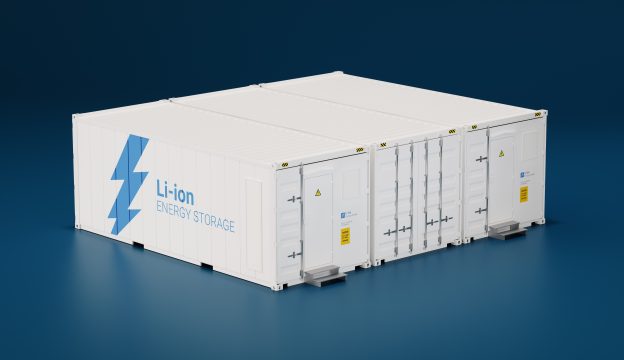As per TrendForce's analysis, the battery industry experienced a dip in operational efficiency in November owing to weakened customer demand. Consequently, the prices of key raw materials like lithium, cobalt, and nickel witnessed a decline, leading to a drop in battery prices. Specifically, electric vehicle battery prices in China (denominated in RMB) saw a monthly decrease of approximately 3-4%, while lithium cobalt-coated batteries for consumer electronics experienced a 2.5% monthly decrease. Energy storage batteries faced the steepest decline, dropping by 6.8% each month.

TrendForce notes a sluggish demand in the power and energy storage market. To manage inventories, battery manufacturers have scaled down their capacity utilization rates, resulting in the industry's overall operational rate falling below 50%. Some companies are even contemplating production reductions or shutdowns due to a scarcity of orders amid fierce market competition.
Simultaneously, in response to heightened shipment pressures, certain battery suppliers are strategically lowering prices to boost sales and deplete their inventory. The industry is currently embroiled in a price war, exacerbated in November by the off-season lull in the Chinese market. During this period, the lowest energy storage battery prices plummeted to approximately 0.4 yuan per Wh.
In the realm of consumer electronics, post the November 11th shopping festival, customer demand plateaued, ushering in the procurement off-season for the consumer electronics market. With battery manufacturers sitting on ample stockpiles, their primary focus is now on depleting this inventory. Concurrently, the prices of upstream materials like lithium and cobalt continued their downward trajectory throughout November. Notably, lithium salt prices plummeted by over 10% in November, exerting a 2.5% monthly decline on the average price of lithium cobalt batteries, which dropped to RMB6.27/Ah. This downward trend is anticipated to persist into December.
According to TrendForce, the power and energy storage market demand remains lackluster in the fourth quarter of this year. The capacity utilization rate of battery manufacturers is persistently on the decline. Consequently, the timeline for enterprises to adjust their inventories may be prolonged, potentially leading to some companies facing production shutdowns. In the face of sluggish downstream demand, upstream lithium raw material prices are expected to keep sliding. Even if the supply growth rate slows down, the reduction rate in downstream demand will outpace it, resulting in a short-term surplus supply situation in the power battery market.
Looking forward to 2024, TrendForce anticipates a persistently sluggish demand in the first quarter of the upcoming year. The expected rebound in demand is likely to be delayed until the second quarter. In comparison, suppliers are poised to expedite the clearance of production capacity within the battery industry chain that lacks a cost advantage during this period. For instance, production capacities established early on, those exhibiting poorer performance in terms of energy consumption and production efficiency, smaller-scale capacities lacking a comprehensive layout in crucial raw materials segments, or capacities with weaker cost control abilities due to reliance on outsourced raw materials may undergo phase-out.
As a result, the growth rate of market supply is projected to decelerate, offering a favorable environment for restoring the equilibrium between the demand and supply of power battery products back to normalcy.







